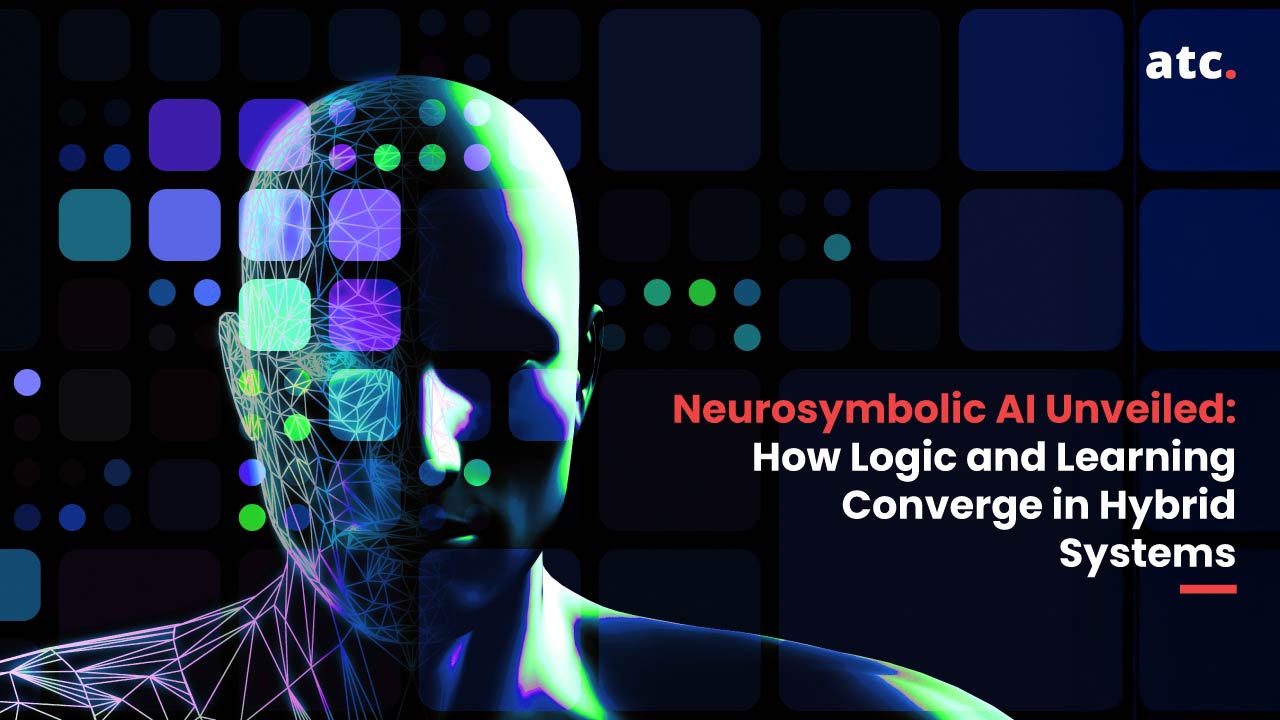Subscribe to the blog
The tech industry today isgrowing exponentially and is also chock full of sub-fields, with new ones popping up continuously. For this reason, those in the enterprise product management profession must recertify their degrees and certificates to remain relevant and keep pace with the frequent changes.
The good news is that there are many valuable positions for you to fill in the enterprise product management field. There are highly competent professionals in the industry who may know a lot about technology but not necessarily be “tech wizards'' as such. These professionals often fall into the category we know as the “Scrum Master.”
This is not to say that a Scrum Master is a Luddite—not at all. However, they are more oriented towards working with people, especially teams of engineers, on an interpersonal level to help be distraction-free, remove and mitigate barriers to productivity, keep the morale high, and coordinate communications and meetings with the team and other members of the production process, including the owner of the final product.
Such a person is a lot like the coach of a sports team who may or may not be a professional athlete in her or his right, but understands the game and, more importantly, knows how to motivate players and get the best performance out of them. If this description sounds appealing to you, then you’re probably wondering how you can get started on a career in product management.
Here, we will describe the process on how to become a certified Scrum Master, since these professionals are at the very heart of the software development process. But first, we need to lay the groundwork with some basics.
Becoming an Expert in the Agile Organizational Process
To work in enterprise product management, you need to know about the Agile organizational process, the Scrum methodology, and an in-depth understanding of what these organizational technologies are and how they work.
These processes are largely about creating a environment that is optimal for productivity. If you know anything about what a life coach does, it may be apparent that this is a lot like what a Scrum Master does for the software development engineers with whom they work directly. A lot of what product development professionals do is both “subjective” and subject to change—and the former doesn’t mean that you won’t be held accountable for the results you get.
At the end of the day, they cannot be held responsible for their engineers’ quality of work. However, if as a Scrum Master you consistently work with teams that have substandard performance, your career is likely to suffer. This is something that all product management professionals should keep in mind. That being said, our purpose here is to prepare you for a career in product management. Let’s get started!
Step 1: Identify In-demand Skills And Create a Plan
Whether you want to become a Scrum master or explore other career options in enterprise product management, you need to find out what skills you lack and create a strategy on how you will develop them.
Here’s how you determine knowledge gaps and work towards honing them:
- Research the role: To become a professional in the industry, you need technical and organizational skills to execute tasks quickly and coordinate with your team. In this case, create a list of skills that you think will benefit you in your role as a Scrum master and which training programs can help you acquire them. Ensure that you also look at the career prospects of a Scrum master.
- Attend workshops and seminars: These are some of the best ways to understand what people in your field are working on and which are the top industry trends. For instance, 77% of high-performing projects in the enterprise product management industry, use project management software and tools to streamline workflows. Through a workshop, you can learn how to use project management software, improving your chances of securing a high-paying job.
- Talk to industry experts: Another way you can level up your knowledge is by interacting with industry experts and looking at their profiles to gain insights into the desired role.
Step 2: Read the Right Books
Presuming that you’re going to work toward becoming a Scrum Master in the Agile process, you’re going to need to get your SAFe training certification and complete any requisite product management training coursework. This is in addition to the rather high-pressure reality described above. Apart from learning which Scrum master skills you need to succeed, a good place to start is by reading books written by the industry’s best thought leaders such as Don Norman, Marty Cagan, and Clayton Christenson.
The Design of Everyday Things
In The Design of Everyday Things, Don Norman writes about usability and design as more than just enterprise product management. This book is good to get you started on looking at things from the point of view of their usage, environments, and why they are used and acquired by people.
People buy products to solve issues, which differ from person to person. Basically, two people buying the same product might be facing different problems but the basic encouragement could be the same. Someone could buy a car to simply travel from point A to B, while another person may do the same just to look good. Similarly, since there are as many software products as there are computers when you’re on a project, you should know who the product is being made for, what they want, and what they don’t want. This book is a good place to learn that.
How to Create Products Customers Love
In this book, Marty Cagan answers what a product manager makes of their time related to tasks, responsibilities, and specifics of product management. This book is another good resource to help you decide whether or not this field is for you.
The title is among one of the most popular books for enterprise product management aspirants. It can help people be on the right track and inform those who aren’t right for the field. It would save us all a lot of time and heartache.
The Innovator’s Dilemma
In product development and the world of business in general, The Innovator’s Dilemma is a well-known reference. If you’ve been part of the product development scene, you may think you know enough things to skip this book. But we would argue otherwise. A thorough reading of this book can provide you with a requisite foundation of industry knowledge, helping you understand the job of a product manager as well as all the many other people you would need to collaborate with.
Step 3: Read Product Management Blogs By Thought Leaders
The above-mentioned books are important to your education as an enterprise product management pro. Although books are updated every once in a while, it's not as often as you will be expected to renew your certification and SAFe agile training as a Scrum Master. What’s great about blogs is that they are regularly updated with industry news, new insights, and new developments in the tech and Agile process. You really do need to be a regular consumer of these blogs.
Marty Cagan’s Blog
Cagan is still an active thought leader, and it’s nice to hear the thoughts and insights of a respected author who doesn't just rest on his laurels- because resting on one’s laurels does not fly in this industry!
Ken Norton’s Blog
No doubt, you’ve heard about Ken Norton. He is famous for his admonition to “always bring the donuts.” He’s also somewhat of a big shot at Google, so you can rest assured that he has a lot to say that’s worth listening to.
TechCrunch
One of the most prolific technology blogs out there is TechCrunch, covering the widest possible range of subjects. But asking you to read everything they put out all the time would be unrealistic, though you should at least try skimming through their headlines and read anything related to product management. Their material is often based on important news in the industry, and you would be remiss to miss it.
ProductHunt
This blog covers new software products on a regular basis and if you’re not scanning their headlines, you are definitely going to miss out on something important and embarrass yourself at the water cooler.
Step 4: Adopt the Product Management Mindset
After doing your research, you may have gathered what it’s like in the enterprise product management industry. However, it is critical to note that customer perception is at the heart of whichever role you wish to pursue. Without putting customers’ needs first, you will not succeed.
So how do you do that? Adopt the project management mindset.
According to the globally renowned PMP institute, the project management mindset captures customer value and helps the development team increase productivity. Here are some of the core principles you need to practice to adopt the project management mindset and excel at your role:
- Be customer driven: Put customer problems and desires at the core of all product management decisions.
- Address the value stream completely: Design full customer experiences and understand the entire value stream of your products from the customer's point of view. Remember that products are not software but solutions.
- Experiment-driven decisions: Go beyond customer requirements and take an experimental approach to give them something that they don't know they want.
- Embrace change: Product managers should implement flexible and lightweight frameworks to meet evolving customer demands.
- Release incrementally and often: Reduce customer feedback cycle by releasing product features incrementally and more often.
- Plan strategically and react tactically: This principle talks about how products should be planned strategically in the long term and implemented tactically.
Step 5: Become a Certified Scrum Master
Scrum Masters are the heart and soul of any successful Agile organization. Their job is to meet with, motivate, and aid the software development team they are assigned to; ask the engineers about barriers to them completing their work; protect them from distraction and diversion, and do whatever it takes to boost morale.
To become a scrum master, you must do the following:
1. Learn the basics of Scrum
2. Choose your Scrum certification
3. Attend a Scrum training course
4. Register for the examination
5. Study for the Scrum exam
6. Pass the Scrum exam
7. Renew your certification every 7 years
You may need to start by obtaining your CSM certification, which is the most basic Scrum certification. However, it is not enough to become a fully qualified Scrum Master. To do that, you will need to successfully complete SAFe Agile product management courses.
This can be a long process. That’s why we recommend reading the list given above to make sure you have the passion and the mindset to carry on successfully. If you are looking for the best Scrum master certification training in the market, look no further. At ATC, we offer instructor-led Scrum master training programs, including CSM and SAFe Scrum Master to help you gain an in-depth understanding of the Scrum framework through practical case studies and group simulation exercises. Enroll in our training programs today and give your career the boost it needs. Connect with us here to learn more about our Scrum master training program.




